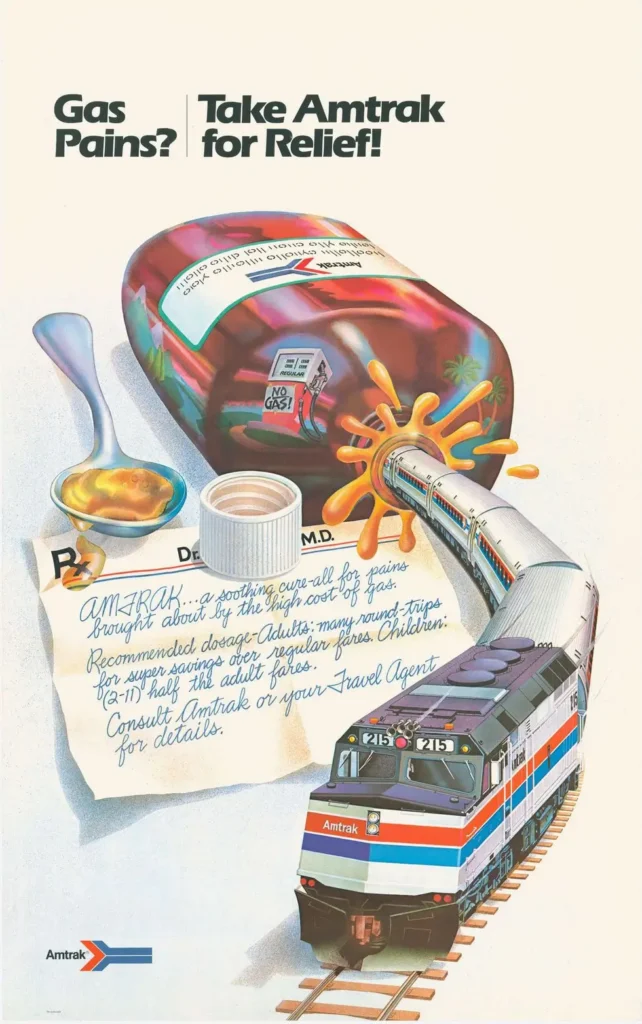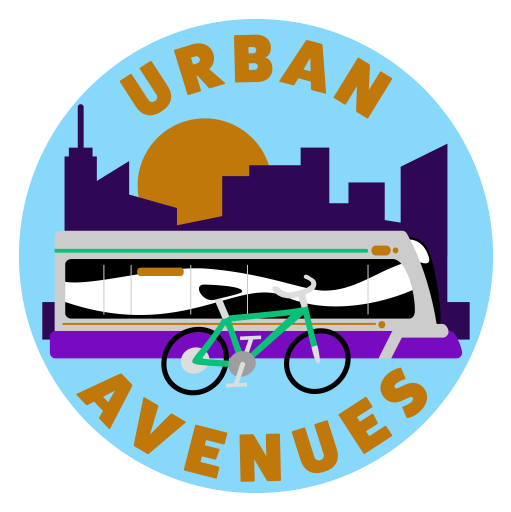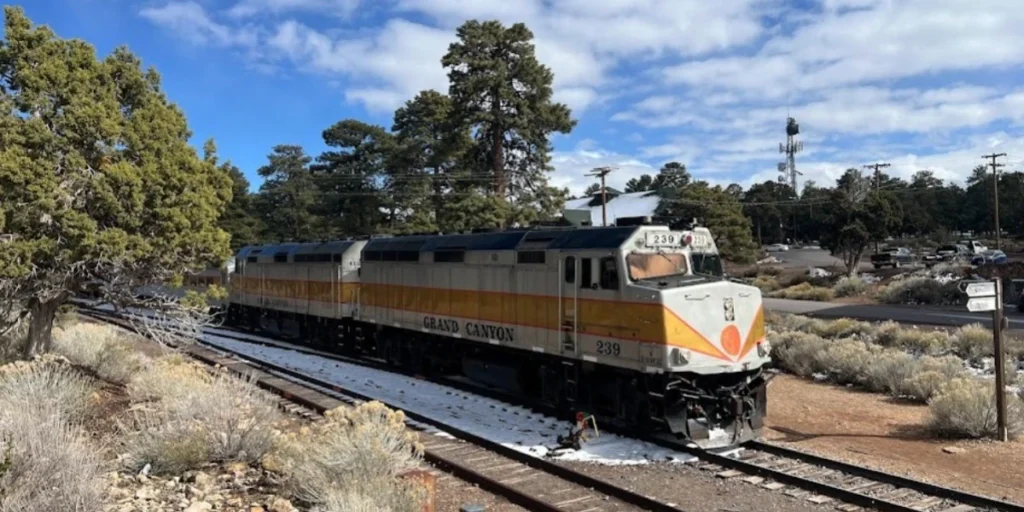What is Amtrak Auto Train?
Amtrak Auto Train, an unique rail service in North America, bridges Lorton, Virginia, and Sanford, Florida, offering a distinctive travel solution that merges the convenience of rail transport with the ability of having your vehicle at your destination. This near 900-mile journey is not just a transit route; it represents an approach of giving people different options to long-distance travel in the United States.
An essential requirement for using this service is that you must travel with a vehicle; the booking process confirms this by necessitating a vehicle selection. During my research, I called to confirm with Amtrak that passengers cannot use the Auto Train without a vehicle.
The train departs in Lorton at 5 PM and concludes in Sanford the following morning at 10 AM, covering approximately 17 hours of travel time and maintaining an average speed of 50-60 miles per hour. It is recommended that passengers check in by 3 PM, although check-in is available from 12:30 PM for those opting for an early start. While additional luggage can be stowed in your vehicle, it is important to note that you will not have access to these items during the trip. Therefore, passengers are encouraged to pack strategically, ensuring that all necessary items are carried onboard. Here is more information about boarding and vehicle requirements.

Rolling through the history of the Amtrak Auto Train
The origins of Amtrak’s Auto Train can be traced back to the young attorney, Eugene K. Garfield. While serving as an assistant to the Transportation Secretary, Garfield delved into a governmental study from the late 1960s, investigating the feasibility of a car-carrying train service in the U.S.—a concept already in operation in Europe. The findings suggested not only was such a service viable in the U.S., but it could also be profitable for a private enterprise.
Inspired by these insights, Garfield founded the Auto-Train Corporation in 1969. By December 6, 1971, the company launched its inaugural train service, quickly gaining popularity and becoming a notable alternative to traditional interstate travel, especially highlighted during the 1970s energy crisis. In response to its initial success, the corporation introduced a second service route from Louisville, Kentucky, to Sanford, Florida, on May 24, 1974. However, this expansion was short-lived, and the route was discontinued in 1977.
Despite its early achievements, the Auto-Train Corporation faced operational challenges, including failed expansions and derailments, leading to its closure in April 1981. In a significant turn of events, Amtrak stepped in to revitalize this unique service, resuming daily operations on October 31, 1983.
The Auto-Train has not only provided a distinct travel option but also marked its place in history. In 1974, it was recognized in the Guinness Book of World Records for the world’s longest non-stop train run, cementing its legacy in transportation history.

Benefits of the Amtrak Auto Train
Saves gas plus the wear and tear on your car!
Choosing the Amtrak Auto Train can lead to significant financial benefits, notably through savings on fuel and reduced wear and tear on your automobile. The “Transportation Economic Trends” report from 2022 indicates that the average expenditure for operating and maintaining a new vehicle stands at $0.72 per mile. For a round trip, these costs can accumulate to an impressive $1,296 in operational expenses, highlighting the Amtrak Auto Train as a financially savvy alternative when considering the broader aspects of vehicle ownership costs. It’s important to note that these costs can vary based on your vehicle’s make, model, and age, reinforcing the need to assess individual circumstances when evaluating the economic benefits of the Amtrak Auto Train.
Reducing Vehicle Miles Driven
Particularly during the winter months, retirees, affectionately known as ‘Snowbirds’, migrate southward, along with families embarking on Florida road trips. These journeys significantly increase the number of vehicles on the roads, contributing to congestion and environmental strain. By choosing the Amtrak Auto Train, travelers can significantly reduce the cumulative miles driven, offering a more sustainable travel alternative and easing the traffic load on I-95.
A Sustainable Alternative to Road Expansion
The Amtrak Auto Train not only offers a unique travel experience but also acts as a conscientious alternative to the traditional expansion of highways. The concept of induced demand illustrates that increasing road capacity often leads to more traffic rather than less, exacerbating congestion rather than alleviating it. By providing a practical and enjoyable travel option, the Amtrak Auto Train helps to mitigate this effect, reducing the number of vehicles on the road and offering a solution that benefits both the environment and the traveler. This approach avoids the negative repercussions associated with wider highways, such as environmental degradation and community displacement, places the Amtrak Auto Train’s role as a forward-thinking choice in transportation.

Comparing Travel Modes: Driving, Train, and Flying
Driving
The journey spans approximately 811 miles between stations and typically requires around 12 hours of driving, a duration that can fluctuate notably on the I-95 corridor. Factoring in an average fuel efficiency of 25 MPG and a gas price of $3.25 per gallon, the cost for fuel alone comes to around $105.43. Given the length of the drive, it’s likely you’d need to stop for a night’s rest, presuming a hotel cost of $150. This brings the total estimated cost for a one-way trip by car to approximately $250.43.
$250.43 driving one way with 1 night
Train
Amtrak’s pricing indicates that a one-way coach ticket is around $75, while opting for a private room starts at $361. The comfort of coach seating is emphasized by spacious and sleep-friendly chairs. The 17-hour overnight journey requires a vehicle ticket as well, costing $225 for a standard vehicle and rising to $255 for larger vehicles, with motorcycles at a lower rate of $155. Adding an option like priority offloading incurs an additional $95 fee. For a single traveler with a standard vehicle, the total is approximately $300, inclusive of all charges, without any taxes or service fees. Additional passenger in your vehicle would be charged the per coach ticket.
$300 taking the train one way
Flying
Comparing airports, you’d likely use Ronald Reagan Washington National (DCA) or Orlando International (MCO). Average one-way fares hover around $80, with variations based on luggage and booking specifics. Flight time is about 2.5 hours. However, if you choose to fly, consider the potential need for a rental car in Orlando, costing roughly $50-$70 daily.
$80 flying one way + $50-$70 per day for car rental
Travel Mode Conclusion
While opting to fly might appear cost-effective initially, it’s crucial to delve deeper into what each mode of transport offers and aligns with your travel preferences and necessities. The Amtrak Auto Train emerges as a standout choice for those prioritizing convenience and comfort, particularly appealing to seasonal travelers like “Snowbirds” or anyone aiming to bypass the usual travel strains like car rental formalities and the notorious I-95 traffic jams.
The unique advantage of the Amtrak Auto Train lies in its capacity to diminish vehicle wear and tear—an aspect not to be overlooked. Embarking on a lengthy drive subjects your car to potential stress and increased maintenance costs. In stark contrast, the Amtrak Auto Train ensures your vehicle reaches the destination with minimal additional mileage, preserving its longevity and operational health.
Flying is indeed the quickest option but isn’t devoid of inconveniences. The apparent affordability can be deceptive once you factor in the nuances of air travel—airport security, potential delays, baggage limitations, and the additional cost and logistics involved in car rentals at your destination. Especially relevant for those planning extensive travel upon arrival, rental costs can accumulate, and the familiar comfort of having your own vehicle is absent.
In sum, while the Amtrak Auto Train presents an initially higher upfront cost compared to flying, its value proposition extends beyond mere economics. It offers a stress-free environment, the convenience of having your car upon arrival, and a potentially more enjoyable and relaxed journey. For many, these benefits justify the choice, underscoring the importance of considering all aspects of your travel beyond just the sticker price.

Where could another Amtrak Auto Train route happen?
The success of any new Amtrak Auto Train service hinges on several critical factors, including travel time, route distance, and, most importantly, passenger demand. Ideally, a viable Amtrak Auto Train route would span 500 to 1000 miles, allowing for a travel time of approximately 15-20 hours, catering effectively to long-distance travelers without the hassle of driving.
Northeast to Florida Corridor
One promising expansion could be a service linking the Northeast U.S. with Florida, targeting the substantial snowbird demographic who migrate south for the winter. A route originating in New York or New Jersey and terminating in Florida would offer these seasonal residents a convenient alternative to the arduous drive, potentially boosting the usage and profitability of the Amtrak Auto Train service.
Midwest to Southeast Connection
Another strategic route could connect the Midwest, perhaps from cities like Chicago or Detroit, with the Southeastern destinations such as Atlanta or Orlando. This service would cater to travelers seeking to bypass the lengthy and often challenging drives across diverse terrains and congested metropolitan areas.
West Coast Expansion
Considering the vast distances and significant tourist flow, the West Coast presents a fertile ground for a similar service. Linking major urban centers such as Seattle with San Francisco or Los Angeles with the San Francisco Bay Area could address both the needs of seasonal relocations and the demand for tourist travel, providing a amazing and efficient alternative to air or road travel.
Forward Path
Establishing any of these routes would necessitate comprehensive feasibility studies to evaluate market demand, financial implications, and infrastructure requirements. Collaborative efforts among rail operators, government entities, and community stakeholders will be paramount in translating these potential routes from concept to reality, ensuring they meet the economic and logistical standards for successful implementation.

Future of Auto Train
In the fiscal year 2023, the Amtrak Auto Train demonstrated its continued appeal and operational success, recording a ridership of 283,646—an increase of 1.7% from the previous year, according to the “FY23 Year End Ridership” report. This performance underscores its status as one of Amtrak’s few profitable lines, a beacon of success in the broader context of national rail services.
As we look toward the future, Amtrak’s public plans hint at a commitment to enhancing the Amtrak Auto Train experience through a series of targeted upgrades. While there’s no explicit mention of expanding the Amtrak Auto Train routes, the plan includes significant investments in overnight train services, which are expected to encompass the Amtrak Auto Train. These enhancements could range from onboard comfort improvements to modernizing the supporting infrastructure and equipment, ensuring the service remains a preferred choice for travelers.
Speculation about potential expansion naturally gravitates towards historically significant routes, like the one previously operated between Louisville, Kentucky, and Sanford, Florida by the original Auto-Train Corporation. Such a route could offer a strategic expansion opportunity, leveraging existing familiarity and infrastructure to reintroduce and potentially capitalize on past route.
Ultimately, while there are no specific expansion plans, the trajectory of the Amtrak Auto Train points towards a future where strategic enhancements and possible growth could further cement its role as a unique and valuable component of America’s rail network, continuing to serve and expand its loyal customer base. Amtrak’s service has been exceeding ridership expectation, which could lead to the introduction of new routes for Amtrak in general. Furthermore, this success might also prompt Amtrak to consider expanding the Amtrak Auto Train service with additional routes in the future.
References
- “Amtrak Fiscal Year 2023: Ridership Exceeds Expectations as Demand for Passenger Rail Soars.” Amtrak News, 30 Nov. 2023, media.amtrak.com/2023/11/amtrak-fiscal-year-2023-ridership-exceeds-expectations-as-demand-for-passenger-rail-soars/.
- “Amtrak Starts the Process for New Overnight Trains.” Amtrak News, Jan. 2023, media.amtrak.com/2023/01/amtrak-starts-the-process-for-new-overnight-trains/.
- “Auto Train Boarding and Vehicle Requirements.” Amtrak, www.amtrak.com/auto-train-boarding-and-vehicle-requirements.
- “Auto Train Ends Louisville Run.” The Washington Post, 3 Sept. 1977, www.washingtonpost.com/archive/business/1977/09/03/auto-train-ends-louisville-run/ebbf061a-653b-41c6-ba71-fa4be68043db/.
- “FY23 Year End Ridership.” Amtrak News, 30 Nov. 2023, media.amtrak.com/2023/11/fy23-year-end-ridership/.
- “Louisville-Florida Auto-Train Is Set; Many Sold Out.” The New York Times, 17 June 1973, www.nytimes.com/1973/06/17/archives/louisvilleflorida-autotrain-is-set-many-sold-out.html.
- “Transportation Economic Trends: Transportation Spending.” Bureau of Transportation Statistics, U.S. Department of Transportation, data.bts.gov/stories/s/Transportation-Economic-Trends-Transportation-Spen/bzt6-t8cd/.

